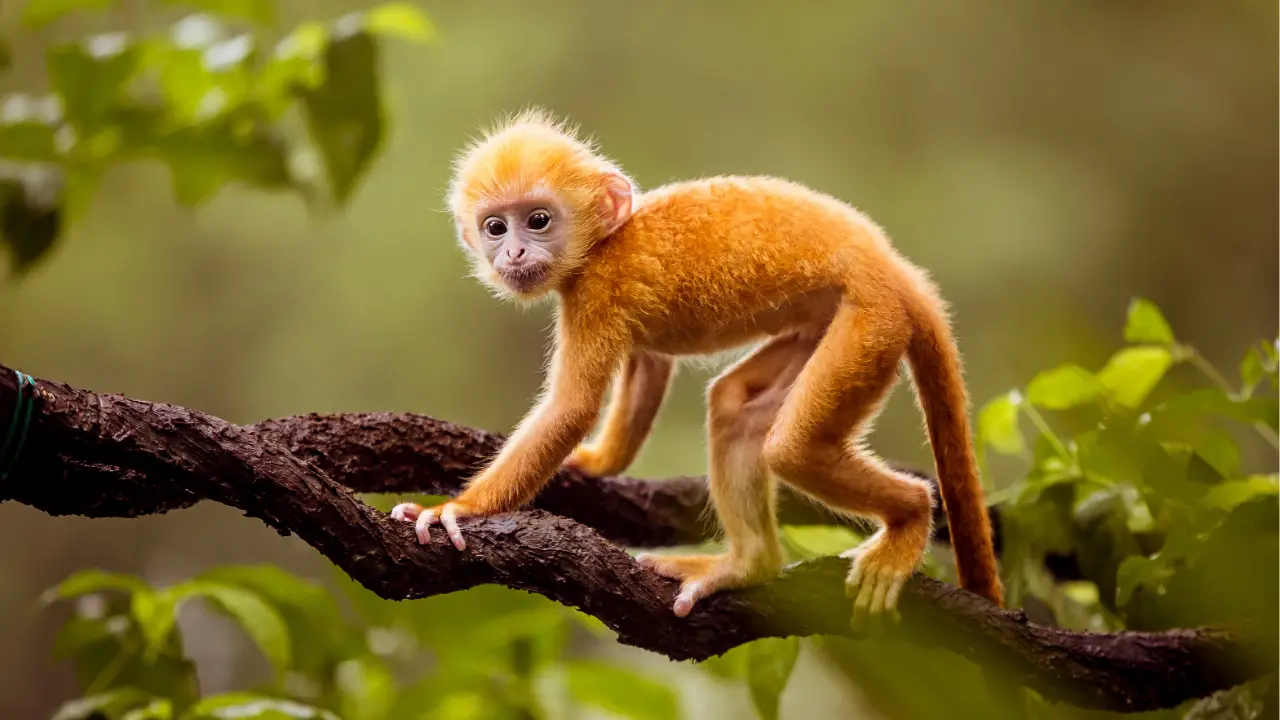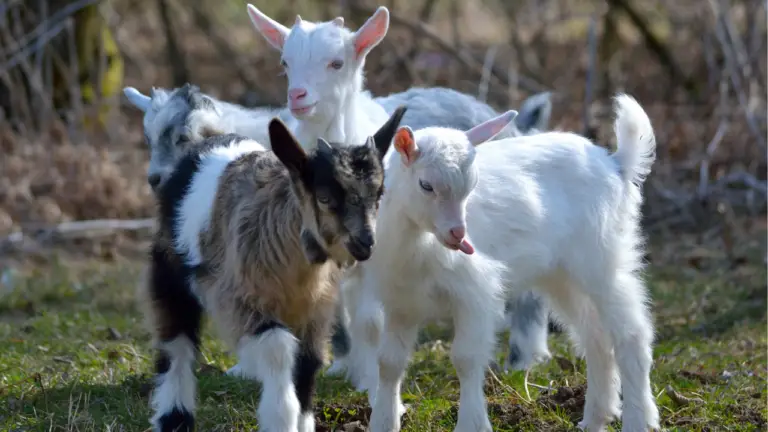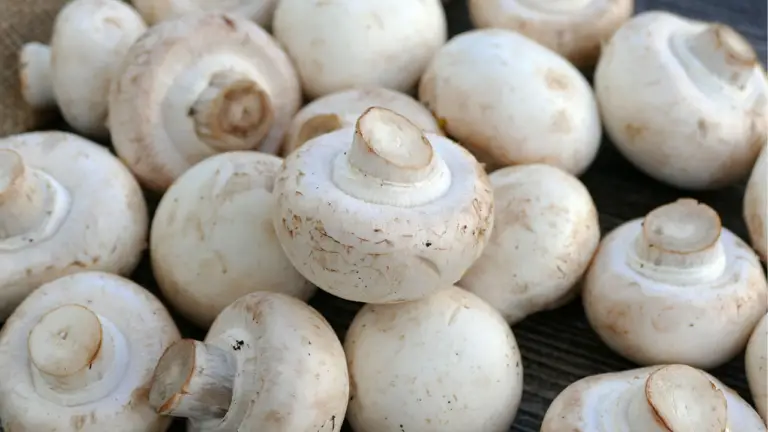How Long Do Monkeys Live?

Monkeys are fascinating creatures known for their intelligence, social behavior, and diverse species. They inhabit various regions across the globe, from the tropical rainforests of South America to the dense jungles of Africa and Asia. One common question that arises when discussing these primates is their lifespan. Understanding how long monkeys live involves considering factors such as species, environment, diet, and threats in the wild or captivity. This article explores the lifespan of different monkey species and the factors that influence their longevity.
The lifespan of monkeys varies significantly among species, with some living up to 40 years or more in captivity, while others may live only 10-20 years in the wild due to various environmental factors and predation.
Lifespan in the Wild
In the wild, monkeys face numerous challenges that can impact their lifespan. Predation, diseases, and habitat destruction are significant threats that can shorten their lives. For instance, small monkey species like tamarins and marmosets generally have shorter lifespans, often ranging from 10 to 15 years. Larger species, such as baboons and macaques, tend to live longer, sometimes reaching 20 to 30 years in the wild.
The availability of food and the quality of their habitat also play crucial roles in their survival. Monkeys in areas with abundant resources and fewer predators tend to live longer. Social structure and group dynamics can influence their longevity as well. For example, species with strong social bonds and cooperative behaviors often experience lower mortality rates.
Lifespan in Captivity
Monkeys living in captivity generally have longer lifespans compared to their wild counterparts. Zoos and sanctuaries provide a controlled environment with regular veterinary care, a steady food supply, and protection from predators. This can significantly extend their lives. Some species of monkeys can live up to 40 years or more in captivity.
However, the quality of care and the environment provided are critical factors. Stress, lack of mental stimulation, and inadequate living conditions can negatively impact their health and reduce their lifespan. Therefore, it is essential for captive facilities to create environments that mimic their natural habitats and cater to their physical and psychological needs.
Factors Influencing Lifespan
Several factors influence the lifespan of monkeys, both in the wild and in captivity. Genetics play a significant role; some species are naturally predisposed to live longer lives. Diet is another critical factor, as a nutritious and balanced diet can enhance health and longevity.
Environmental conditions, including climate and habitat quality, also affect their lifespan. Monkeys living in degraded habitats with limited food and water sources are less likely to live long lives. Social interactions and stress levels can influence their overall well-being and longevity as well. Monkeys in stable, supportive social groups tend to live healthier and longer lives.
Specific Examples of Monkey Lifespans
Different monkey species have varying lifespans. For instance, the common marmoset, a small New World monkey, typically lives around 12 years in the wild but can reach up to 20 years in captivity. The rhesus macaque, a well-known Old World monkey, can live up to 25 years in the wild and about 30 to 40 years in captivity.
Baboons, another Old World species, usually live 20 to 30 years in the wild, but some individuals have been known to live beyond 40 years in captivity. The longevity of these species highlights the impact of their environment and care on their lifespan.
Conclusion
Understanding the lifespan of monkeys requires considering various factors such as species, environment, and living conditions. While some monkeys can live up to 40 years or more in captivity, their lifespans in the wild are often shorter due to predation, disease, and habitat challenges. Providing optimal care and environments for monkeys, whether in the wild or captivity, is essential for promoting their health and longevity. Through conservation efforts and improved captive care, we can help ensure these intelligent and social creatures live longer, healthier lives.






